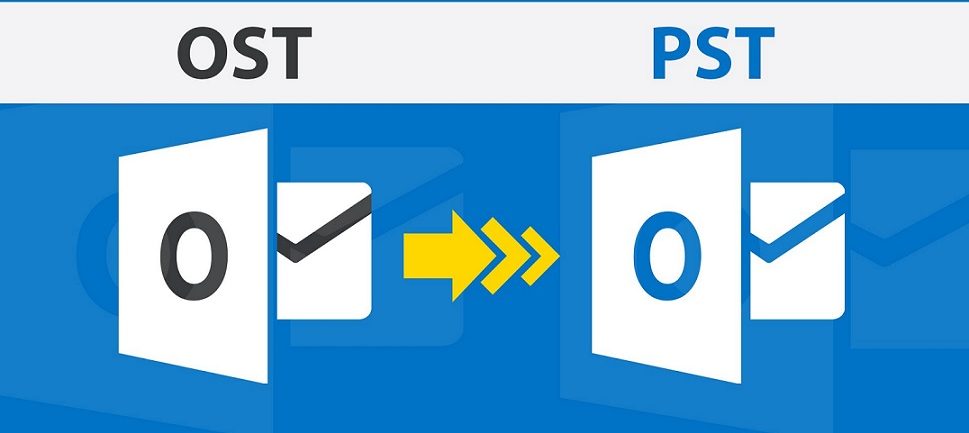Virtual shopping is an e-commerce service that allows clients to browse and purchase things online in an interactive environment, much like how they would in a store. To put it simply, it is all about incorporating the human factor into e-commerce and online shopping using technology. This gives shops the ability to provide a seamless experience and integrate the physical and digital worlds.
Customers can browse through a store, view flawless product displays, and complete transactions in the same manner as they would in a physical store. All this without compromising on the comfort and convenience of shopping from their homes. It is a unique fusion of physical retail and the convenience of purchasing online, resulting in what we call “phygital retail.”
E-commerce is booming as we become increasingly accustomed to working remotely. Consumers have embraced online shopping, which now accounts for roughly 18% of total retail sales. With these figures in mind, retailers should make establishing a satisfying phygital shopping experience a primary priority, and virtual reality is one of the most powerful tools they have.
What is Virtual Reality and Why is it Important for Retail Stores?
A virtual retail experience, or a phygital customer experience, is a simulation of a physical store that enables customers to browse and buy products. It is not just a digital version of brick-and-mortar stores, but an immersive and interactive experience across the entire customer journey. This makes phygital commerce a highly engaging experience.
Customers feel like they are in the actual store and are getting a tailored experience from the comfort of their own homes. You can experience walking down the street and checking out different stores without the need to step outside. The shopping cycle is much more convenient with virtual retail as you can start browsing right away and purchase anything you see straightaway.
Virtual Shopping: The Rising Trend
Virtual shopping has been on the rise for several years, but the COVID 19 pandemic acted as a major element in propelling it into the mainstream. Customers are now actively seeking out digital platforms that bring a seamless and hygienic shopping experience. Today, customers around the world are more likely to prefer online shopping and avoid going to crowded places wherever possible. This trend also started in part due to the impact of movement restrictions and lockdowns, and the increasing reliance on technology for fulfilling our needs. As a result, there has been a significant surge in online shopping stories & levels.
We are moving towards a world where customers can purchase items anywhere and anytime with the help of cutting-edge technology. Companies as of now are focusing on the future of e-commerce by integrating artificial intelligence and augmented/virtual reality technology into their digital channels.
These technologies allow customers to buy anything they want without having to worry about finding their way to a physical store. From groceries like milk and eggs to clothes and shoes, people can order whatever they need with real-time interactions and personalized engagement.
Are Virtual Reality Headsets the Future of E-Commerce?
Virtual reality (VR) headsets are not a new concept anymore. Many devices have been released to the public in the last few years, and people across all age groups are aware of their potential benefits in bringing the virtual world to life. VR headsets are mainly used for gaming purposes, but some companies use them for different reasons.
VR is touted as the next big thing in online commerce. In fact, VR headsets will be the future of mobile commerce and can have a significant impact on shaping consumer behavior even further. Some people believe that VR headsets have the potential to change how we shop online forever since they make it easier than ever before to buy online with just a click of a button, or swipe on your screen.
What are the Benefits of a Virtual Reality Shopping Experience?
The increased use of VR in retail stores is one of the most successful applications of this technology. It can provide an interactive experience that increases customer engagement and makes shopping easier and more enjoyable.
There are many benefits to using VR in retail stores. It provides customers with a unique, immersive experience that they can’t get anywhere else. You can use 3D holograms to create entire retail spaces so that customers feel like they are walking through a mall or store itself.
Conclusion
For good reason, virtual shopping is being lauded as the future of retail. Adopting virtual technology is a significant strategy for making online and offline interactions more human. Brands may better engage their customers for a more compelling and personal experience by employing channels like video chat, live chat, co-browsing, and social media messaging.
Virtual commerce is here to stay. Delivering engaging and interactive experiences is still a key success factor for retailers even when the way brands use a new approach to design customer experiences. Take Maxicus Phygital, for example. It can help your products and services reach a wider audience, design a seamless customer journey, and deliver a superlative phygital customer experience. Step into the world of phygital commerce and notice what a significant difference it can make to boost the online virtual shopping experience.
Author’s Bio:
Sukhdev Singh is the Digital Marketing Manager at Maxicus – A Business process outsourcing Service provider. Maxicus provide multiple business solutions like customer lifecycle management, Back office support, Tech Support, Image annotation and Phygital.









